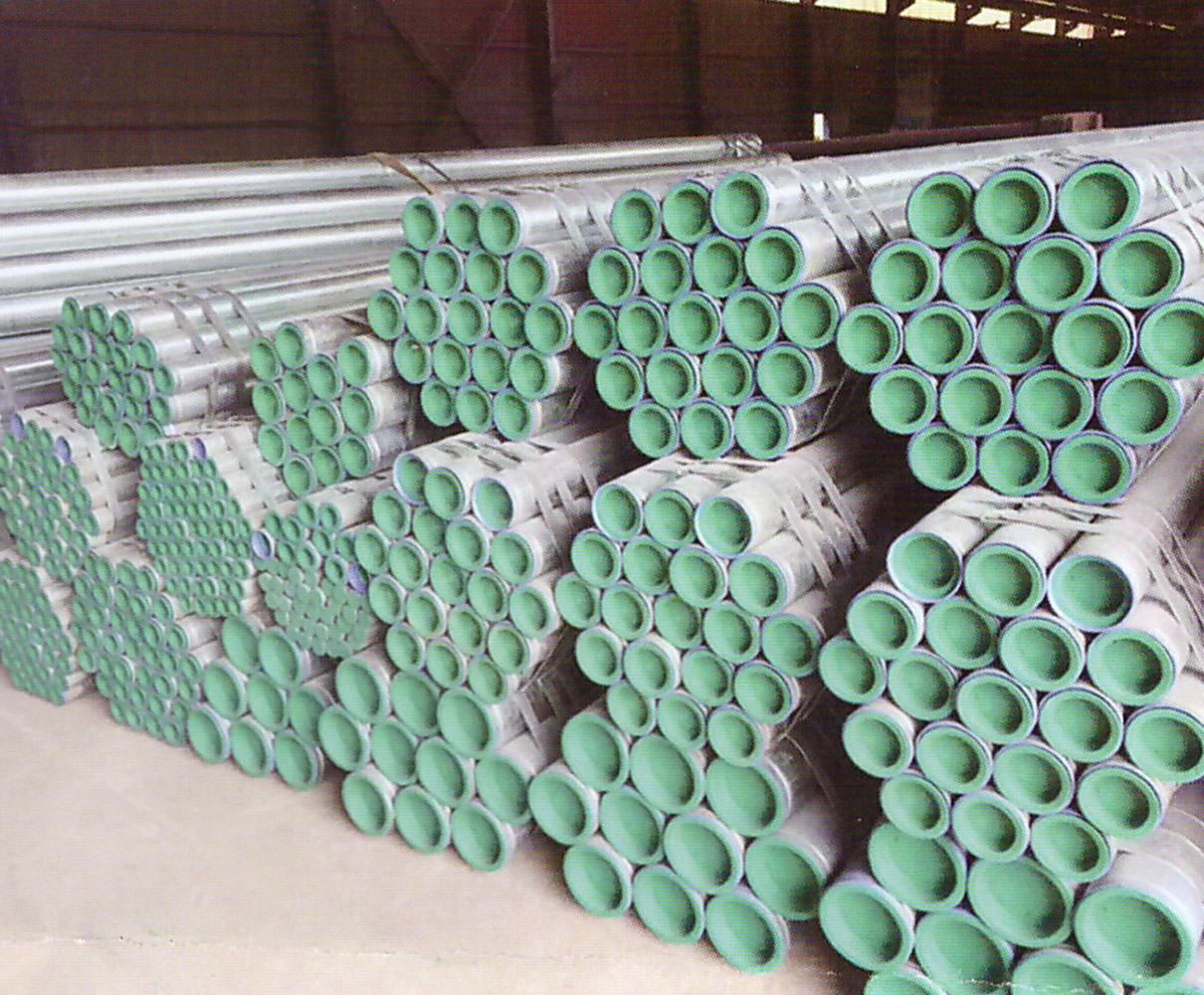Manufacturing process of aluminum alloy 6005A friction stir welding for rail vehicles
Researchers at the Solar Energy Institute in Berlin, Germany, at the Helmholtz Center in Berlin and Delft University of Technology in the Netherlands, used a simple solar cell and metal oxide photoanode to achieve a 5% hydrogen transfer rate. This is a breakthrough because the use of solar cells is much simpler than the commonly used triple-point amorphous silicon film or III-V semiconductor high-performance battery.
Researchers said that they combined the advantages of chemical stabilization with the low price of metal oxides, combined with a relatively simple silicon-based thin-film solar cell, and finally achieved a low cost, good stability, and powerful battery. Calculated on the basis of 600 watts of solar energy per square metre in Germany, the 100-square-metre hydrogen production system can store 3 kilowatt-hours of hydrogen energy in sunlight for an hour or night.
Experts combine a simple silicon-based thin-film battery with a layer of metal oxides using yttrium vanadate to act as a photoanode. Because only the metal layer is in contact with water, sensitive batteries can be protected from corrosion. Photoanodes using yttrium vanadate can theoretically make the efficiency of electrochemical cells reach 9%. The experts also significantly accelerated the formation of oxygen in the photoanode by means of a low-cost cobalt phosphate catalyst.
The biggest challenge is the efficient separation of the charge in the yttrium vanadate layer. Although metal oxides have many advantages, charge carriers are easily recombined and lose the function of decomposing water. Researchers found that adding tungsten to the bismuth vanadate layer helps solve the problem. Tungsten atoms are optimally distributed, thereby creating an internal electric field that prevents recombination. This is done by spraying neodymium, vanadium, and tungsten onto a hot glass substrate to vaporize the solvent. After repeated spraying with different tungsten concentrations, a high-efficiency metal active oxide layer of about 300 nm in thickness was finally formed. Although researchers cannot explain why vanadate has such a good effect, it can be determined that more than 80% of the captured photons can be used, which is definitely a new record for metal oxides. The next step is to extend this system to a square meter scale.
Plastic Coated Composite Pipe
Plastic coated composite pipe is on the inner wall of the steel melts to dissolve a thickness of 0.5 ~ 1.0 mm layer of polyethylene (PE) resin, ethylene - acrylic acid copolymer (EAA), epoxy (EP) powder, non-toxic polypropylene (PP) or non-toxic polyvinyl chloride (PVC) and other organic matter and constitute a steel-plastic composite pipe material.
Advantage
Plastic coated composite steel pipe is protected by plastic coating both inside and outside. In the middle, it is used to strengthen the composite structure of welded steel pipe or seamless pressure steel pipe, which overcomes the defects of easy rust, corrosion, high pollution, low strength and deformation of plastic pipe, and integrates the common advantages of steel pipe and plastic products. it not only has steel tube high strength, easy connection, water resistance and other advantages, also overcomes the steel easy to corrosion, under the influence of water pollution, scale and strength of plastic pipe is not high, poor fire performance shortcomings, design life of 50 years.

Packaging Details
Plastic caps on both ends, Steel bundle, Woven bag or acc. to customers' request.
Delivery Time
15 days after receiving deposit
If you have any questions, please contact with us directly and welcome you can visit our Factory.
Plastic Coated Composite Pipe
Black Iron Pipe,Plastic Coated Composite Pipe,Plastic Coated Gas Pipe,Fbe Coated Pipe
HEBEI CHENGYUAN PIPE INDUSTRY GROUP CO.,LTD , https://www.hbcytube.com